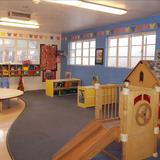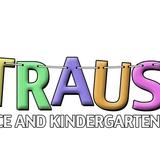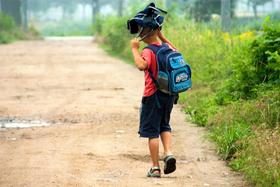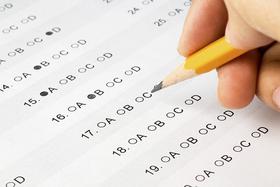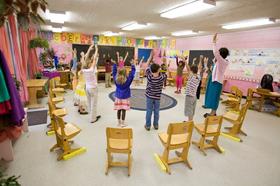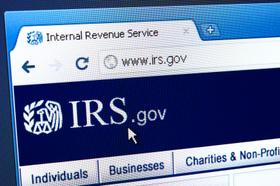Second Street Children's School is planned to meet individual, cultural, and age appropriate developmental needs of all the children.
Teachers engage in collaborative planning to ensure that a variety of appropriate choices are available for children each day.
Children have the opportunities to run, climb, play quietly, chase one another, read, be read to, paint, write, dance, balance, swing, and imagine.
They have time to grow, time to roam, to explore, to experiment, to discover, to play and most of all, time to be a child.
We believe, as Piaget suggested, that "play is the work of children".
Teachers are always available to answer children's questions, to help them solve problems, to snuggle, to give or to receive a hug.
They regularly take notice of what children are doing and what may be added to the environment to extend the learning moments.
They truly are the facilitators of your child's school learning experience.
Quick Facts (2025-26)
- School Type: Early Childhood / Day Care
- Grades: Prekindergarten-Kindergarten
- Enrollment: 70 students
- Average class size: 15 students
- Application Deadline: None / Rolling
- Source: National Center for Education Statistics (NCES)
School Overview
School Type
School Membership(s)School Assoc.
Religious Affiliation
Grades Offered
Grades Prekindergarten-Kindergarten
Year Founded
2002
Summer School Offered
Yes
School Calendar
Student Body
Total Students
70 students
Student Body Type
Co-ed
% Students of Color
11%
State avg.: 39%
Students by Grade
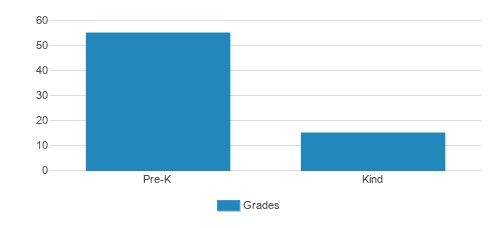
Academics and Faculty
Total Classroom Teachers
3 teachers
Student-Teacher Ratio
23:1
National avg.: 13:1
Average Class Size
15 students
Classroom Dress Code
Casual
play clothes
Tuition and Acceptance Rate
Admission Deadline
None / Rolling
Tuition Notes
per month based on a 10 month year.
Admissions Director
Jennifer Douglas
Admissions Associate
Kariman Pierce
Application URL
School Notes
- Second Street Childrens School is planned to meet individual, cultural, and age appropriate developmental needs of all the children. Teachers engage in collaborative planning to ensure that a variety of appropriate choices are available for children each day. Children have the opportunities to run, climb, play quietly, chase one another, read, be read to, paint, write, dance, balance, swing, and imagine. They have time to grow, time to roam, to explore, to experiment, to discover, to play and most of all, time to be a child. We believe, as Piaget suggested, that "play is the work of children". Teachers are always available to answer children's questions, to help them solve problems, to snuggle, to give or to receive a hug. They regularly take notice of what children are doing and what may be added to the environment to extend the learning moments. They truly are the facilitators of your child's school learning experience.
Source: National Center for Education Statistics (NCES)
Frequently Asked Questions
When is the application deadline for Second Street Childrens School?
The application deadline for Second Street Childrens School is rolling (applications are reviewed as they are received year-round).
In what neighborhood is Second Street Childrens School located?
Second Street Childrens School is located in the Sam Hughes neighborhood of Tucson, AZ. There are 1 other private schools located in Sam Hughes.
School Reviews
Endorse Second Street Childrens School. Endorsements should be a few sentences in length. Please include any comments on:
- Quality of academic programs, teachers, and facilities
- Availability of music, art, sports and other extracurricular activities
- Academic or athletic awards
Recent Articles

Student Success Predictors at Community Colleges
A practical guide to student success predictors at community colleges for private school advisors helping graduates navigate two-year pathways.
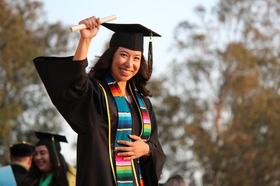
Career Pathways with Community College for Private School Grads
Explore top career pathways with community college for private school graduates, including high-demand jobs, transfer options, and 2025 workforce trends.

Navigating the FAFSA & Financial Aid Timeline for Community College
Learn how to navigate FAFSA and financial aid timelines when starting at community college — from application to disbursement in 2025.

